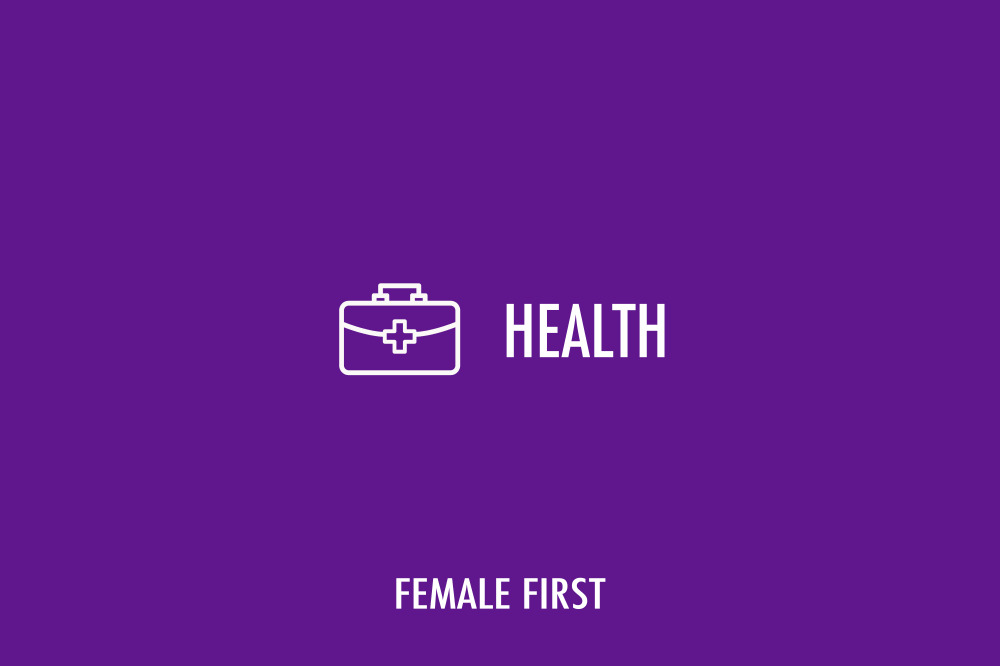Why is it that a bad hair day or skin breakout always seems to happen at the most inconvenient of times? You may think that it's 'just one of those things' and there is nothing you can do about it. But what if you could?
New research has shown that the quality of your hair and the condition of your skin is directly connected to your cycle, and so by using a period tracking app like Clue (helloclue.com) to regularly track this, you beauty woes could be a thing of the past!
Tracking changes in the quality of your hair and skin can help you to better understand your own patterns and, by tracking these factors alongside your period, you can determine the underlying cause and take pre-emptive action when your next cycle comes around.

Health on Female First
Most women will have realized that the quality of their skin changes at different times in the month, and we know that this is related to fluctuating hormones. But that's as far as it goes when it comes to the teaching on this matter.
Ida Tin, CEO and co-founder of Clue said "We hear all the time from users of all ages telling us that they've learned more from Clue than they ever learned in sexual education classes or from their doctors."
At different times in your cycle you will notice differences in acne outbreaks, skin hydration, elasticity as well as wound healing ability. Additionally, hormonal changes related to the cycle are likely to cause major differences in sebum excretion if you suffer from oily and flaky skin (seborrhea), and this usually peaks about one week before your period arrives.
Keeping track of these changes will ensure that you notice your own unique patterns within your cycle and this way, you can choose effective strategies for managing skin problems. Also, tracking other life factors (like sleep and diet) in Clue can help you understand the effect of these on the skin and hair, and help you to establish what exactly is causing your skin and hair problems.
Ultimately, tracking helps you to take back control of your body. Every person is different. Just as every cycle is unique, similarly there isn't a one-method-fits-all regime. It's about noticing your own changes and patterns and tailoring your skincare regime around this.
Tracking changes in your skin during your menstrual cycle will enable you to take control of a possible acne outbreak before it happens. It will also enable you to choose appropriat dermatological care corresponding to your (changing) skin type.
Acne outbreaks may not be a question of hygiene, but how carefully you treat your skin around those days. It is especially important that you are gentle to your skin in order to avoid other opportunistic bacteria attacking sensitive areas.
There are four types of skin condition that Clue allows you to track: Good, Oily, Dry and Acne. Once you have used Clue to determine your own patterns, you can create your own tailor-made skin care regime to adapt the products you use and take pre-emptive action.
Oily skin tends to peak around one week ahead of the period when there is an overproduction of sebum due to hormonal changes. Dry skin is most likely to occur in the first week of the period. Acne generally will be most prevalent 10 days before the period is due, and can last all the way through to a few days into your period.
Hair has two important structures: the shaft (the part we can see and normally call "hair") and the follicle (found inside the skin; the follicle anchors, grows, and protects the hair shaft). Your skin and scalp change in response to hormonal variations occurring throughout your cycle.
Just as hormonal changes can affect oil production in the skin, it can also affect oil production in the hair follicle. You may notice that in the time preceding and during your period you will have more "bad hair days" than usual, that is a normal consequence of decrease in two hormones: estrogen and progesterone, happening right before your next period starts.
Tracking your hair quality may help you to know how often you have to tend to it during the different phases of the cycle. Bad hair generally occurs 7-10 days from the start of the period in the early follicular phase, oily hair occurs approximately one week before the start of the period and dry hair usually occurs at around the time of the period itself, when the hair lacks moisture.
Clue is a woman-led digital health startup based in Berlin, Germany. Launched in 2013, Clue is the world's fastest growing period tracker and fertility app. Clue's mission is to empower women to be in charge of their lives while moving science and health research forward. For more, visit www.helloclue.com or follow @clue on Twitter.

